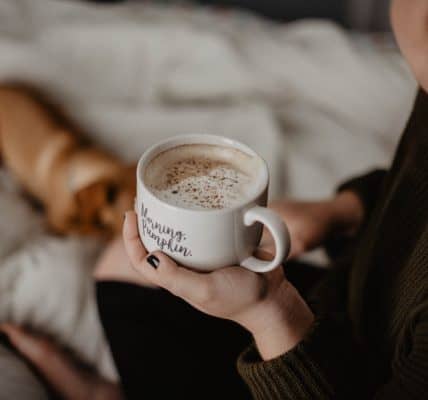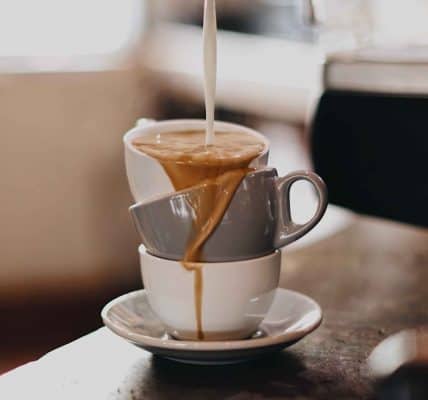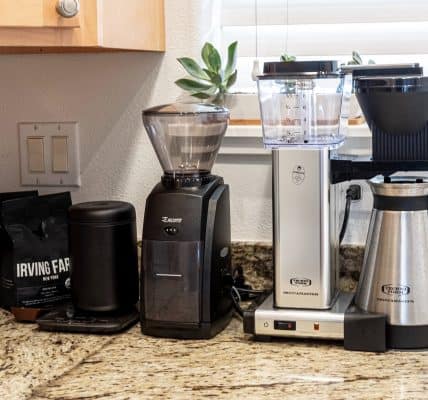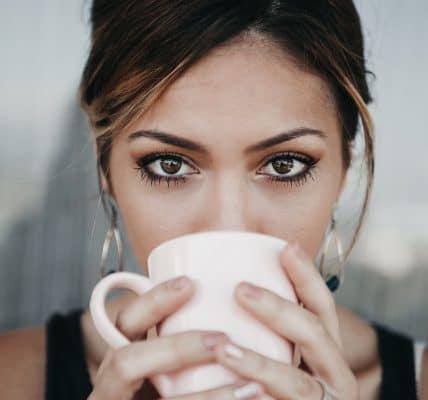Introduction
Have you ever made filter coffee that turned out to be too bitter for a second sip? Or, has your brew ever been so light that it tasted like water? You must know how much of the ingredients you should put into your beverage. But what is the filter coffee ratio for the perfect brew?
Let’s find out all about the filter coffee ratio – and how to get the best-tasting Joe every time!
What is the Filter Coffee Ratio?
Table of Contents
In simple words, the coffee ratio suggests the quantity of grounds to be used for a certain amount of water. This balance determines the brew strength. Maintaining a specific proportion of bean grounds to water prevents the beverage from becoming too strong or light.
When the amount of grounded coffee is too high, it will turn out to be bitter and pungent. But when the quantity is too low, the drink will be weak and light. So, what is the right quality? The general rule followed by most baristas is to maintain a coffee to water ratio of 1:16.5.
This means you should use 1 unit of coffee grounds for every 16.5 units of water. Let’s take a simple example. For every 1000 g of water, you should use 60g of coffee grounds. This ratio is believed to produce the most well-balanced coffee with the perfect taste.
Trying Different Ratios – What Will Be the Result?
Let’s understand how changing the coffee-to-water ratio can affect the taste of the brew. If you take the ratio of 1:16.5, it means you will need to use one unit of coffee for every 16.5 units of water. So, for 1000g of water, you must use 60g of coffee grounds.
If you want to use the 1:18 ratio, you need 1080g for 60g coffee grounds, keeping the coffee amount constant. Or, keeping the water amount constant, i.e., 1000g, you can reduce the coffee grounds down to 55.5g. With less coffee in more water, the brew will be milder.
Now, suppose you want to use the 1:15 ratio. In that case, you can keep the coffee amount constant and reduce the water quantity. So, for 60g coffee, you have to add 900g water. If the water is constant, i.e., 1000g, you must increase coffee to 66.7g for more robust coffee.
What is the Golden Ratio of Coffee?
The Specialty Coffee Association (SCA) recommends that the Golden Ratio or Golden Cup Standard should be 55g per Liter (± 10%). On the other hand, the National Coffee Association (NCA) defines it as 1-2 tbsp of coffee grounds for every 177ml of water.
This Golden Ratio is all about the perfect balance between coffee and water to give you the best taste of coffee. This is the optimum ratio – which means that whether you’re a barista, an amateur brewer, or a Joe connoisseur, you’ll love the taste that it will generate.
You probably already know that achieving perfection in coffee-making is not easy. It will take time, patience, and love for coffee. The Golden Ratio makes it simpler for you to get an excellent balance of sweetness, acidity, and bitterness – for a harmony of all elements.
To use the Golden Ratio, you will need to use a scale and add 10g of ground coffee to every 180 ml of water. So if you’re a true patron, we recommend investing in good equipment besides choosing the best filter coffee machines to make the best coffee.
How to Test Your Own Golden Ratio for Filter Coffee
Now you know that the Golden Ratio can yield delicious coffee. But will that work for your tastebuds? We recommend experimenting with different brew ratios so that you can understand which is the proper ratio for you. Here’s how to make coffee with different proportions.
a) Start by choosing four different ratios – 1:13, 1:15, 1:18, and 1:20. They make a wide range of ratios, and experimenting with them will help you test distinct brew strengths.
b) Take four wide-mouthed cups.
c) Take 30 g of medium-fine coffee grounds.
d) Add four quantities of coffee in your cups, respectively – 7.67g, 6.69g, 5.55g, and 5g of coffee.
e) Heat water until you reach just past the 200F mark.
f) Add 100ml water in each cup and let it sit for 5 min using a timer. The coffee will soon create a layer on top.
g) While the timer is still on, crack the layer using a spoon and start skimming off the top layer to remove most of the coffee.
h) Wait until your timer shows 12 min.
i) Take a spoon of coffee from each and slurp it so that the beverage covers your palate.
Take notes of strength, weakness, sweetness, fruitiness, bitterness, etc., in each cup. Once you find your favorite, continue to use that particular cup’s ratio to make future brews. You can also tweak the ratio slightly. Happy experimenting to enjoy your ideal Java!
Ratios for Different Brews
“Ratio” is a comparison between two quantities – in this case, of coffee and water. For a well-balanced cup of coffee with a medium body, a 1:16.5 ratio is recommended. It allows you to taste all the distinctive characteristics. But, what if you want stronger or milder coffee?
Brewing the perfect coffee at home does not mean you must stick to a universal flavor profile. It means hitting the taste that’s perfect for you. To do that, you may have to change the ratio for a light brew that’s not watery – or a strong brew that’s not too bitter.
a) Light Brew
If you prefer a cup of coffee with a beautiful aroma and a touch of sweetness, without any bitterness or acidity, a light brew is just right. For this brew, you can choose a ratio of 1:18 to 1:20 in which the coffee content is less. We suggest not reducing the coffee content further.
b) Medium Brew
A medium brew is neither too strong nor too light. It offers a medium-bodied brew with the perfect balance of all the elements in coffee. It is ideal for new coffee drinkers who have not yet identified their inclination. 1:15 to 1:17 is a good ratio for a moderate taste.
c) Strong Brew
If you like a full-bodied coffee that’s low on sweet notes and don’t mind a little bit of acidic and bitter taste, a strong brew is what you need. For that, you can try 1:12 to 1:14. If you’re brave enough, you can even up the boldness game by trying as high as 1:10.
Other Factors to Make the Perfect Brew
Apart from the right ratio of coffee ground to water, other factors affect the taste of your brew. So, besides mastering the ratio, you must also pay attention to other factors while making coffee to get the best flavor. Check out the factors that make or break a brew.
i. Temperature
The hotter the water, the more extraction it will cause. So, if your water is too hot, it will cause over-extraction and lead to more potent or even bitter coffee. But cold water will lead to under-extraction, brewing a mellow-tasting beverage that you will not be able to enjoy.
The optimal temperature for brewing good coffee containing prominent flavors is between 105F and 205F. This range is set by the NSA – and it leads to optimal extraction. As a result, you’ll get a brew that’s neither too light and watery nor too strong and bitter.
ii. Grind
Grind size is essential for perfect-tasting filter coffee. Medium grind usually works for all types of filter coffee brews. In addition, you also need to worry about the freshness of the coffee you’re using. Needless to say, fresh coffee grounds can make the best Java.
Don’t forget to consider the roast of the beans. Choose a light roast for delicate coffee, a medium roast for a moderate and balanced body, and a dark roast for solid flavor notes. Also, consider the type of beans. Robusta and Arabica are the most commonly used bean types.
iii. Brew Time
Your brew time is essential to hit the sweet spot. That is why one of the key hacks to making good coffee is to make use of a timer. While making filter coffee, the average time you should let the grounds be in touch with hot water is about 5 min for optimal extraction.
Keeping the coffee grounds in hot water for too long will lead to over-extraction and give you a strong brew, while keeping it for a short time will provide you with a flat Joe as a result of under-extraction. Using a timer is an excellent way to be precise with the brew time.
iii. Water
The water used for making filter coffee should neither be hard nor soft. Otherwise, you will not get the desired taste. “Journal of Agricultural and Food Chemistry“, a 2014 study, suggests that the hardness of water can affect the flavor of your brew.
While hard water can cause over-extraction, softened water can cause under-extraction of coffee flavors. This is due to the presence of So, the best way to get the perfect taste is by using filtered or bottled water. It will also prevent odors or tastes of unwanted minerals.
Final Words
Several factors affect the taste of your coffee – from temperature to bean type. But mastering the art of using the quantity of coffee grounds and water in filter coffee is crucial. So keep experimenting with the filter coffee ratio to hit your own Golden Cup.



